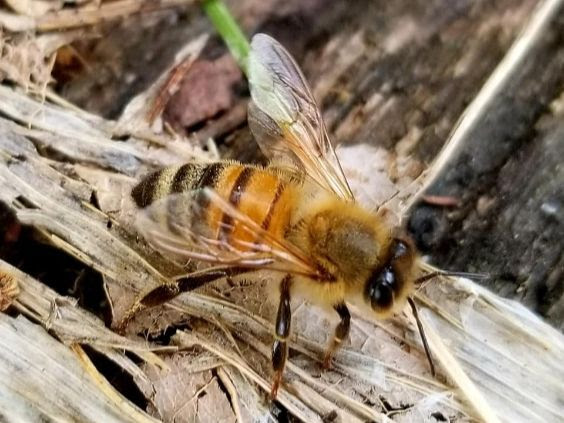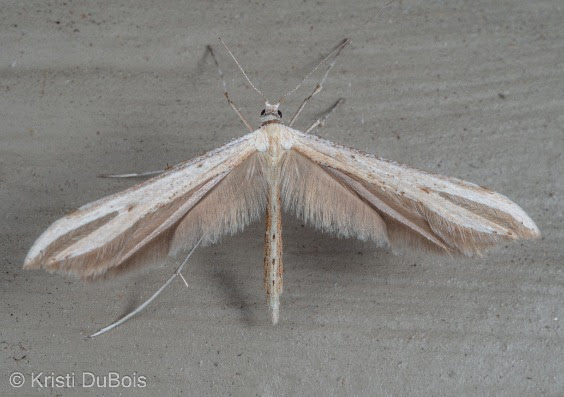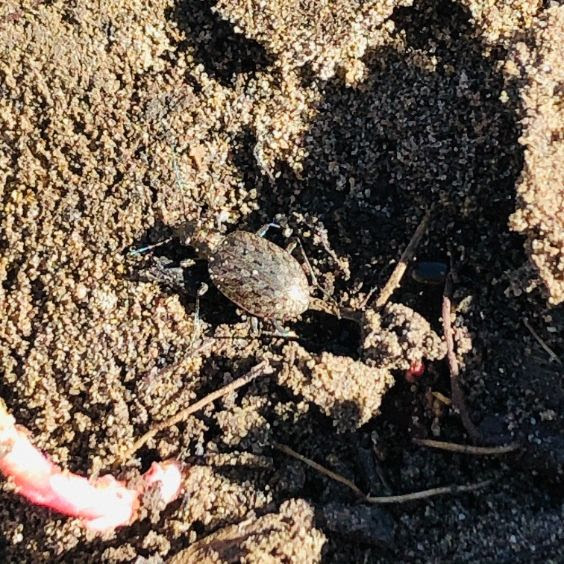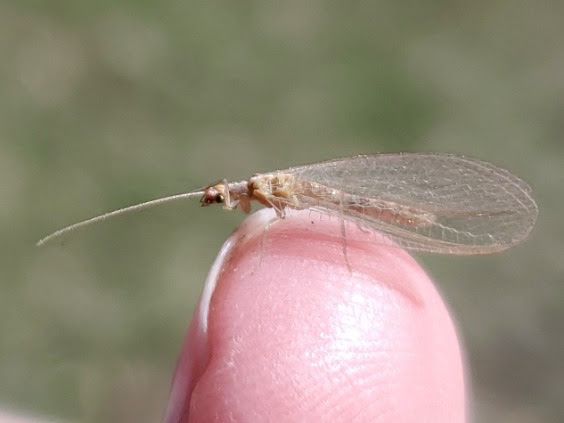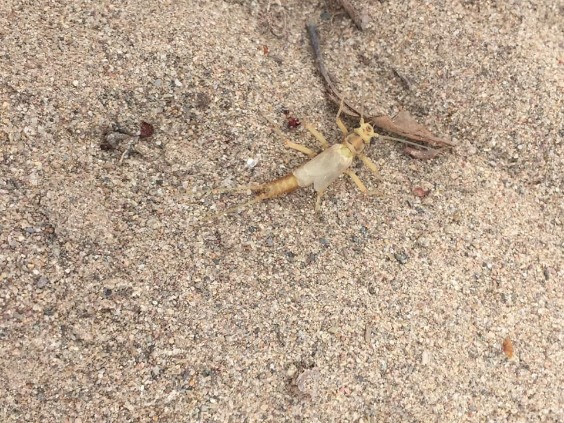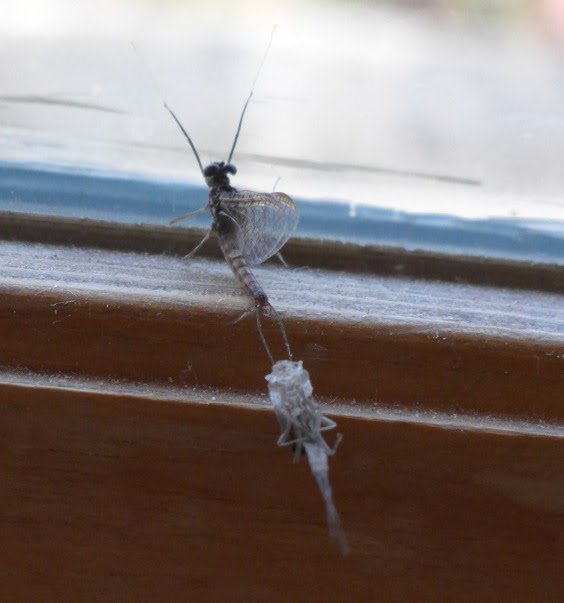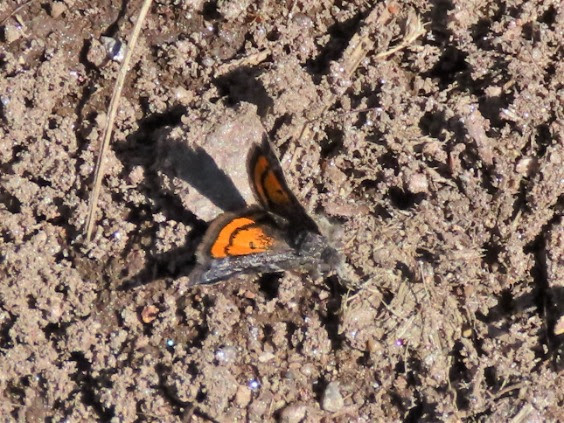The honey bee was one of the first domesticated insects and is the primary species kept by beekeepers for honey production and pollination services. Thanks to their domestication, they can […]
Read MoreArticles by: Butterfly House
Notes from the Lab: Barcoding US Ants—Polymerase Chain Reaction
Welcome Back to the Lab! Onward, US Ants! Now that we’ve extracted and isolated DNA from our tissue samples, it’s time to amplify – or make copies of – our DNA. […]
Read MoreOil Beetle (genus Meloe)
This strange looking beetle is likely the Black Meloe (Meloe niger). They are active primarily in April and May. As you might guess from their short, stubby wings, the adults […]
Read MoreMorning-glory Plume Moth (Emmelina monodactyla)
If you see a moth in an “airplane” or “T” perching posture, you can be certain it is a type of plume moth. Kristi got two nice shots that showcase […]
Read MoreRichardson’s False Marsh and Bog Beetle (Opisthius richardsoni)
Allison and her son Rowan found a lot of these beetles hanging out under rocks on the banks of the Clark Fork River near the Tower St. access. The beetles […]
Read MoreGreen Lacewing (family Chrysopidae)
While these beautiful and delicate looking insects are harmless to humans, they are very capable predators that always seem to be hungry. And since they tend to feed on other […]
Read MoreStonefly (order Plecoptera)
If you scour along the riverbank you’re likely to find molts (or exuviae) of dragonfly, damselfly, stonefly nymphs (naiads) clinging to rocks and vegetation. We’re not 100% sure what’s going […]
Read MoreMayfly (order Ephemeroptera)
Peter discovered this mayfly going through its final molt in his kitchen. It must have flown into his house, which may give you pause, how did it have wings before its […]
Read MoreNotes from the Lab: Barcoding US Ants—DNA Extraction & Isolation
Welcome Back to the Lab! We’re on to the next step in our Barcoding US Ants project! Now that we’ve collected our specimens, it’s time to do some hard science: We […]
Read MoreAn Owlet Moth (Annaphila danistica)
These day-flying moths are very small, only about the size of a fingernail. They fly early in the spring, from March to late May in the Pacific Northwest. Their range […]
Read More